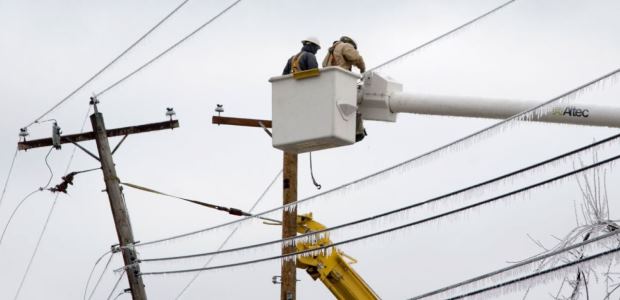
The Benefits of High-Performance FR
Want to improve safety culture? Try high-performance FR fabrics.
The world's top athletes wear high-performance fabrics to optimize their performance and have a better concentration on the task in front of them. Can high-performance FR fabrics help your employees be safer, more focused, and achieve a better safety culture?
Safety culture is the attitude, beliefs, perceptions, and values that your employees share in relation to safety in the workplace. High performance is a term used to describe moisture wicking technology. These specialized fabrics have been around for over 20 years. They were created to boost an athlete's performance in extreme outdoor situations, keeping them drier and cooler in hot conditions and warmer and drier in cold weather. The challenge for many is understanding the science behind the fabric.
Moisture wicking's history started with a synthetic fiber (like polyester) with a chemical finish applied to allow moisture to spread. Eventually the finish would wash out and the fabric lost its wicking abilities. The tag on garments will reveal the blend of fibers. A blend of 100 percent of any fiber or a group of fibers that are 100 percent aramid, along with claims of moisture wicking, identifies the presence of a chemical finish. Check to see whether the manufacturer guarantees wicking for life of the garment; chances are they don't. Today, the next generation of high-performance fabrics has a combination of hydrophobic (water hating) and hydrophilic (water loving) fibers. Examples of hydrophobic fibers include modacrylic, aramids, para-aramids, while hydrophilic fibers include rayon and lyocell. The combination of these two fibers blended together ensures permanent moisture wicking for the life of the garment. The big question then becomes, what is the optimal blend of these two fibers that create a soft hand while performing the best?
Blends of these fibers range from 90 percent/10 percent (90 percent hydrophobic, 10 percent hydrophilic) to 55/45. Data has proven that the optimal blend is when both numbers are closer together, which is 55/45. This allows for better face (skin side) pick up and transport. If you don't have enough hydrophilic fiber, the fabric won't absorb well, and if you don't have enough hydrophobic, the fabric will not push the moisture to the front as well. It is the balance of the blend that creates a high performance product.
The Importance of WVTR
There are a few key characteristics that high-performance fabrics have. Vertical wicking is how fast and far moisture spreads. Back to front moisture transport rate is critical in keeping clothes drier faster with less chance of heat rash. This also allows more heat to escape your body, helping thermo-regulation and preventing heat stress. Water Vapor Transmission Rate, or "WVTR," is about the breathability of the fabric. This was created by fabric designers to compare and quantify just how breathable fabrics are today. Each of these factors is extremely important and none is more important than another. Determining what the better high performance fabric is can't be determined by one of these factors alone.
Layering is another important concept of high-performance fabrics. It allows you to wear lighter-weight garments while keeping out the elements. This in turn keeps the body drier, cooler, and/or warmer, depending on the conditions. As mentioned above, the "WVTR" is critical to know for mid layers, sweatshirts, and outer wear, as this becomes the transfer of moisture from fabric to fabric. The higher the "WVTR," the more moisture is spreading to the next garment. Functionality and mobility also increase as weight of fabric the decreases.
When choosing a high-performance FR fabric based on a number alone, be wary of marketers. Ask for the data; it is available. There are different blends of high-performance fabrics, and they all perform differently. Smart shoppers look at the tags to determine the blend of fabrics and what high performance is. The same high-performance fabrics that the world's top athletes wear is available in this market! There must be a blend of hydrophobic and hydrophilic to have permanent moisture wicking.
So if after wearing high-performance FR fabrics your employees—your industrial athletes—are more comfortable, better protected, better focused on what's in front of them and not on their moisture-soaked clothes, won't their attitude and belief in high-performance FR fabrics result in a better safety culture? These are the industrial athletes you want on your team.
This article originally appeared in the August 2018 issue of Occupational Health & Safety.
About the Author
Brad Sipe is the director of Business Development for Lakeland Industries. He has been in the FR market for over 10 years and 15 years in the apparel industry. He is also a speaker throughout the country on heat stress and its relationship with FR fabrics. He can be reached at 224-632-0663 or [email protected].